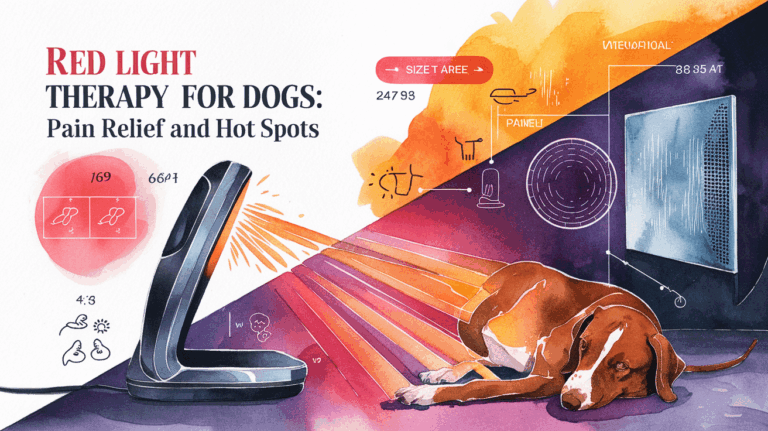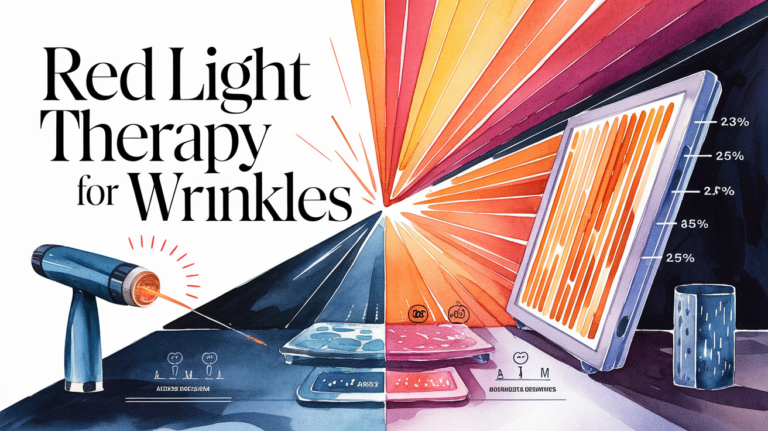Panic to Peace: 9 Proven Calming Aids Your Anxious Dog Needs Now
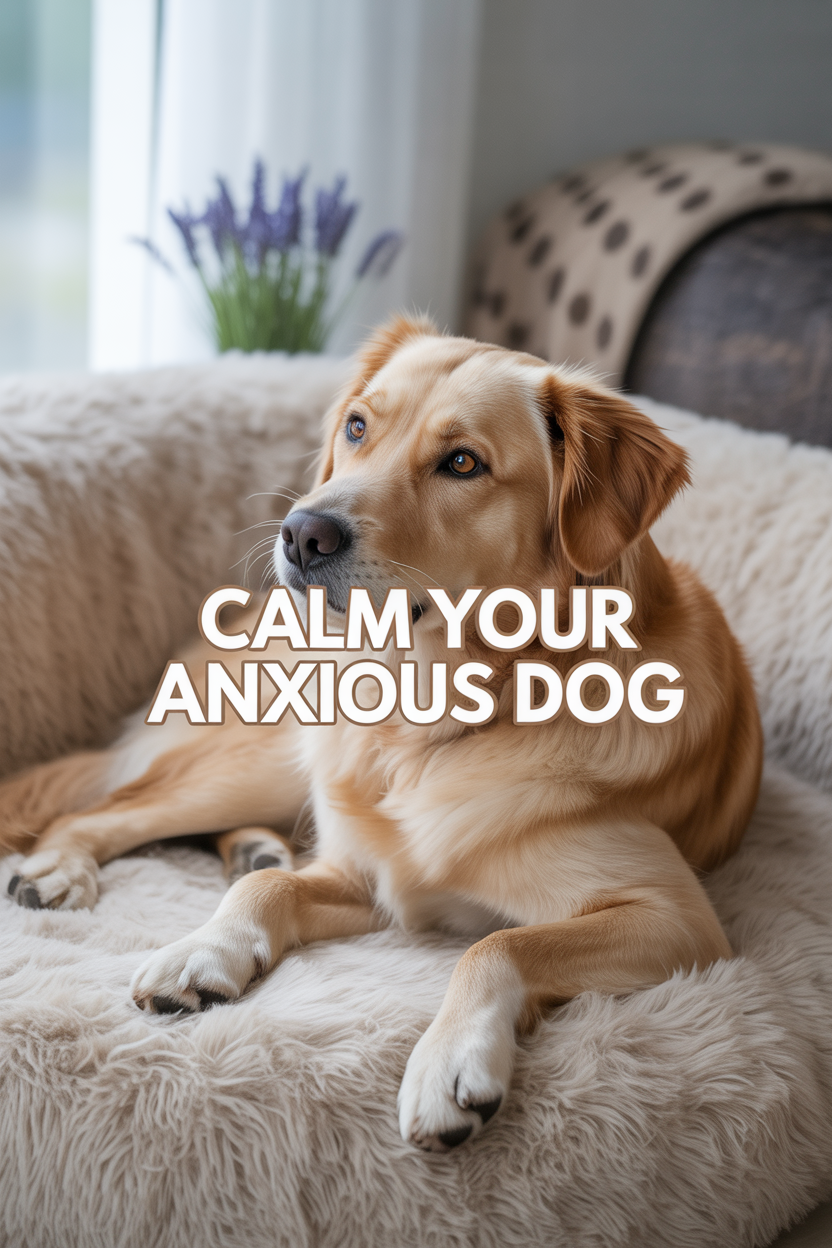
Help! My Dog’s Having a Meltdown: The Ultimate Guide to Calming Aids for Dogs
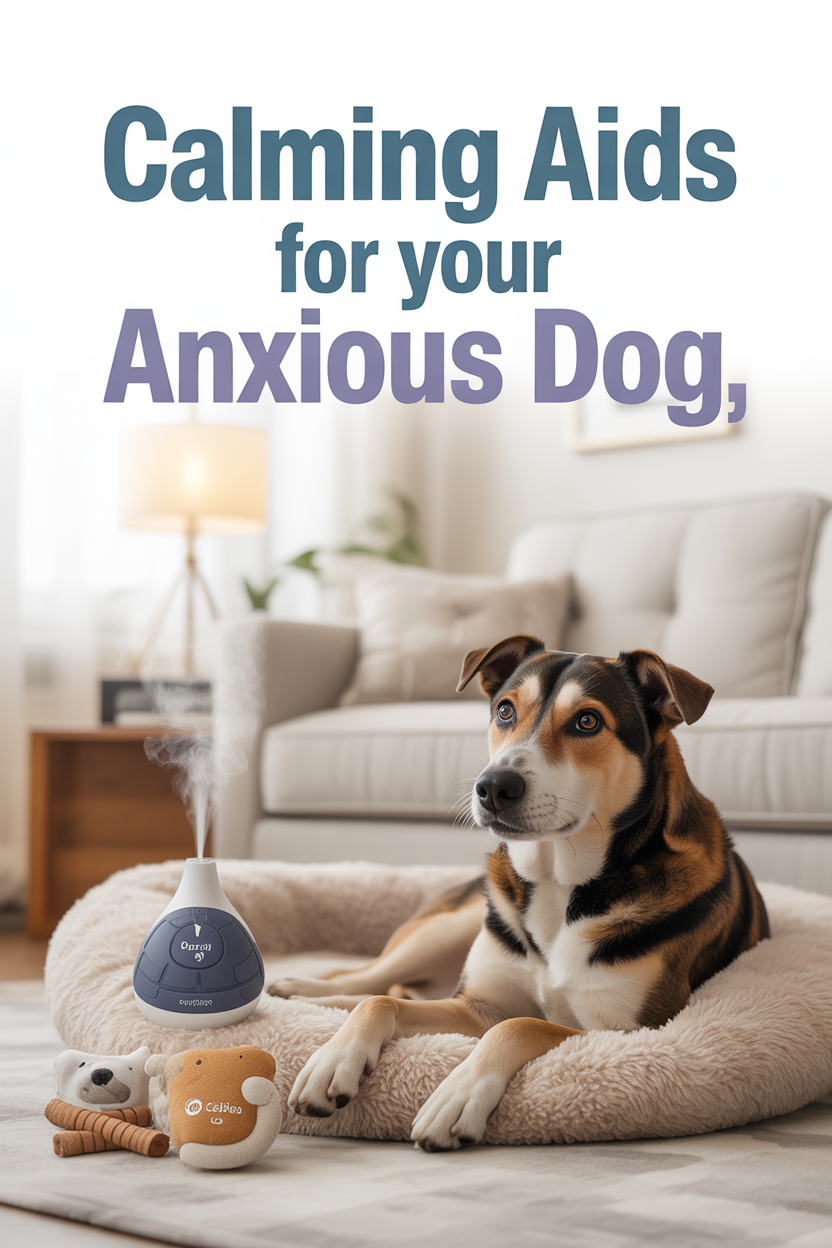
Is your furry friend hiding under the bed during thunderstorms? Turning your favorite shoes into confetti when you leave? Or perhaps trembling like they’ve had one too many espressos during car rides? You’re not alone in the “my dog has anxiety” club! The good news? There’s a whole world of calming aids for dogs that can help transform your nervous pup into the chilled-out companion you know they can be.
Understanding Doggy Anxiety

Before we start exploring solutions, let’s recognize the signs your pooch might be struggling with anxiety:
- Excessive barking or whining
- Destructive chewing or digging
- Constant pacing
- Panting when it’s not hot
- Trembling or shaking
- Hiding or seeking isolation
- Inappropriate elimination
Our four-legged friends develop anxiety for various reasons:
- Separation anxiety
- Past trauma
- Insufficient socialization
- Genetic predisposition
- Major life changes
- Age-related issues
When To Consider Calming Solutions
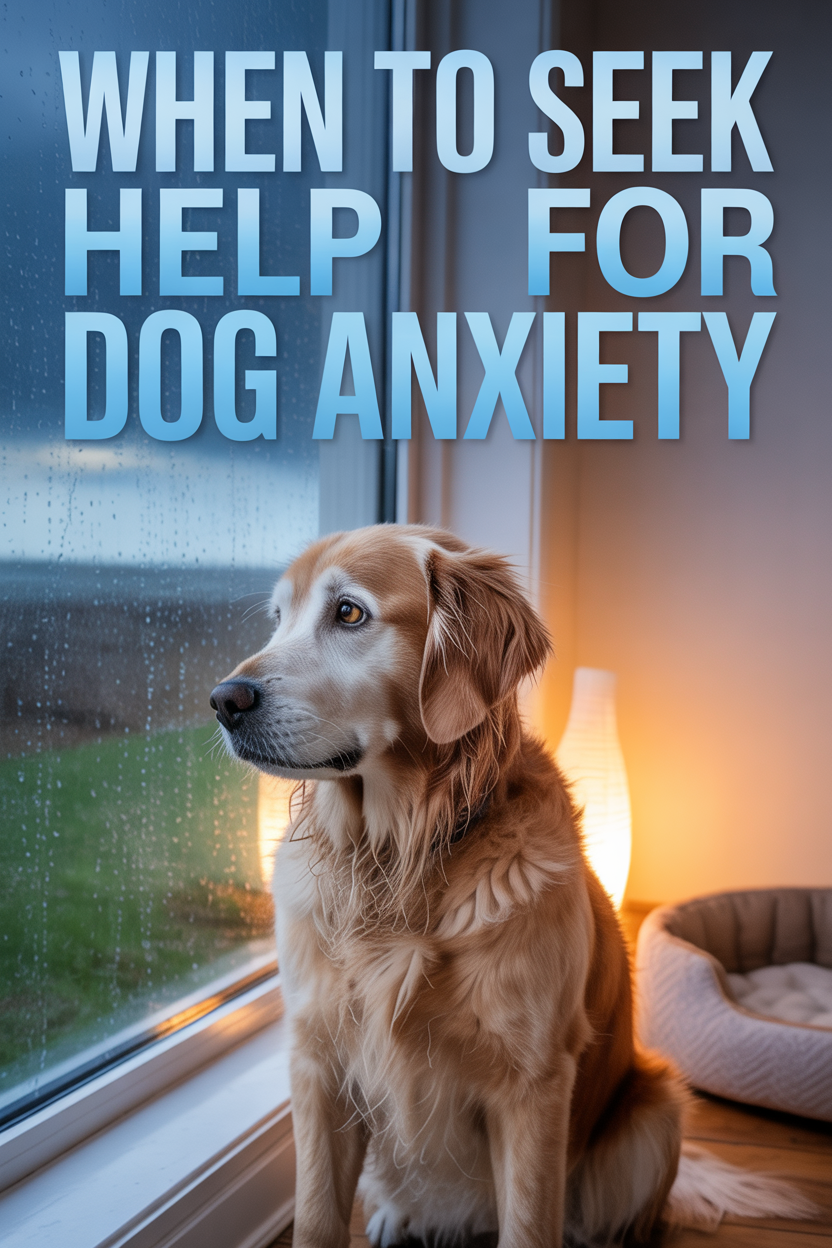
It’s time to look into calming aids when your dog’s anxiety:
- Affects their overall happiness
- Prevents normal activities
- Leads to destructive behaviors
- Causes physical symptoms
- Occurs during specific triggering events
Before implementing any calming strategy, consult with your veterinarian. They can rule out medical causes and provide guidance specific to your dog’s needs.
Natural Herbs and Supplements
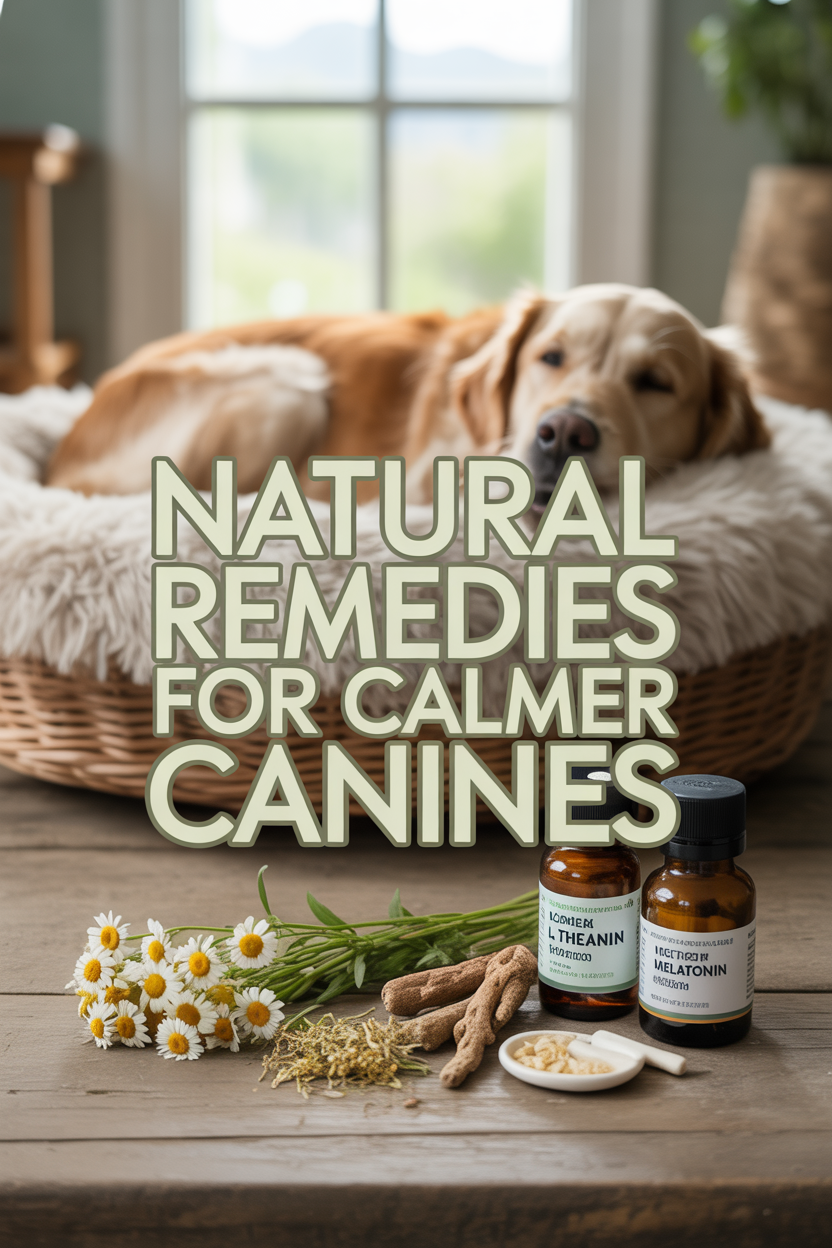
If you prefer a natural approach first, several options have shown promising results:
- L-Theanine: An amino acid that promotes relaxation without sedation
- Chamomile: Offers mild calming effects similar to its benefits for humans
- Valerian root: Helps reduce nervous tension and overexcitement
- Tryptophan: An amino acid that helps produce serotonin, improving mood
- Melatonin: Particularly helpful for noise phobias and sleep disturbances
- Magnolia and Phellodendron: Plant extracts that may reduce stress hormones
Most of these supplements come in palatable chewable forms. Always verify dosing with your veterinarian, especially if your dog takes other medications or has existing health conditions.
CBD Oil: An Effective Modern Solution
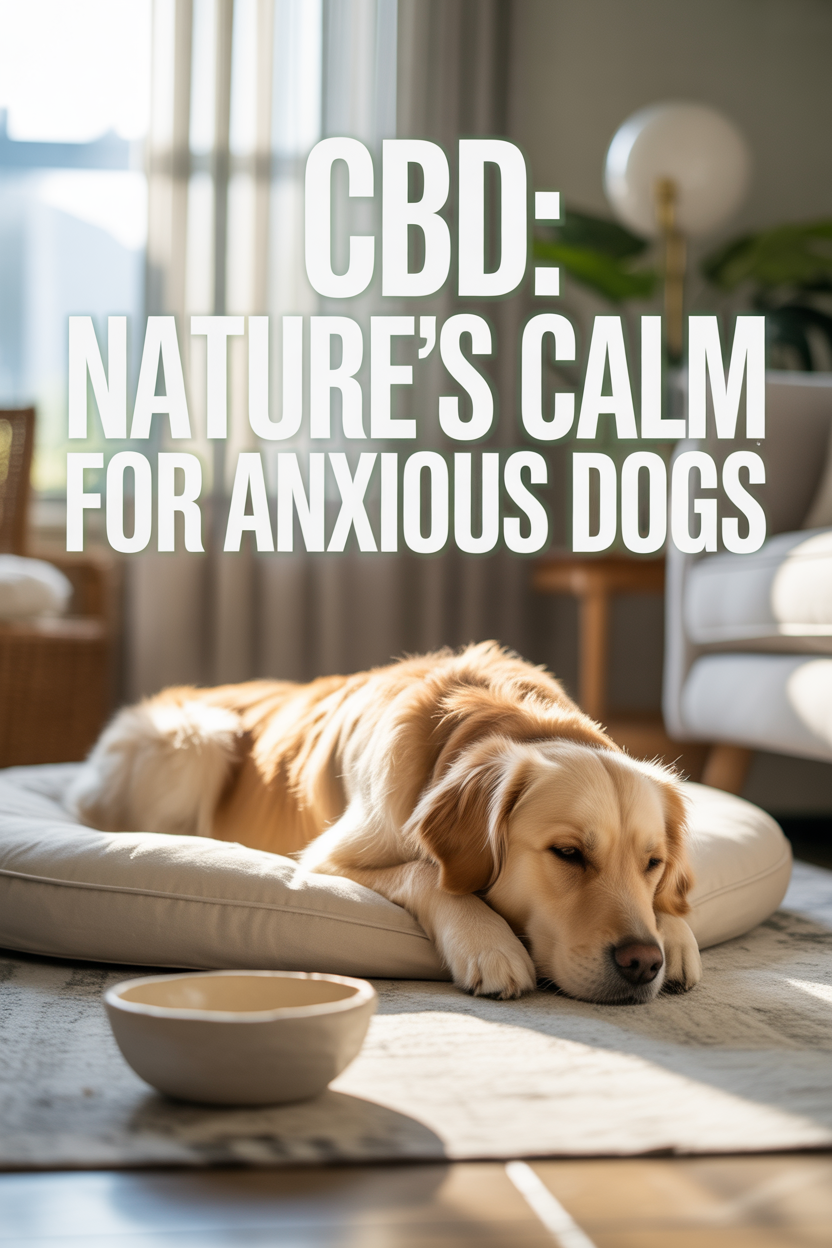
CBD has become increasingly popular in pet wellness. This hemp-derived compound interacts with your dog’s endocannabinoid system to help regulate mood, pain, and stress responses.
Potential benefits for anxious dogs include:
- Reduced stress response
- Decreased reactivity to triggers
- Improved sleep quality
- Anti-inflammatory properties
When shopping for CBD calming aids, keep these guidelines in mind:
- Choose products specifically formulated for pets
- Verify third-party testing results
- Start with low doses and increase gradually
- Select broad-spectrum or isolate products with zero THC
- Consult your vet about potential drug interactions
While many pet parents report significant improvements with CBD, research is still evolving, and product quality varies considerably. Choose reputable brands with transparent testing practices.
Pheromone Therapy: Invisible Calming Signals

Dog-appeasing pheromones mimic the natural chemicals mother dogs release while nursing puppies. These synthetic versions signal safety and security to your dog’s brain without any detectable scent to humans.
These calming aids come in several convenient formats:
- Plug-in diffusers for continuous release in specific rooms
- Collars that provide 24/7 calming effects
- Sprays for targeted application on bedding or in carriers
- Wipes for immediate application to specific areas
Pheromone products work especially well for separation anxiety, noise phobias, and general nervousness in new environments. They offer the advantage of having no side effects or risk of drug interactions.
Pressure Wraps: Comforting Physical Support

Anxiety wraps and pressure vests provide gentle, constant pressure around your dog’s torso, similar to how weighted blankets work for humans. These garments can help calm nervous dogs by:
- Stimulating endorphin release
- Activating the parasympathetic nervous system
- Creating a sense of security
- Providing sensory distraction from stressors
Products like ThunderShirt can be particularly effective during thunderstorms, fireworks displays, vet visits, or other anxiety-inducing situations. For best results, apply the wrap before your dog becomes highly anxious rather than waiting until they’re already panicking.
While your dog might look a bit unusual wearing their anxiety outfit, the relief it provides often outweighs any fashion concerns.
Mental Stimulation: Keeping Busy Minds Calm
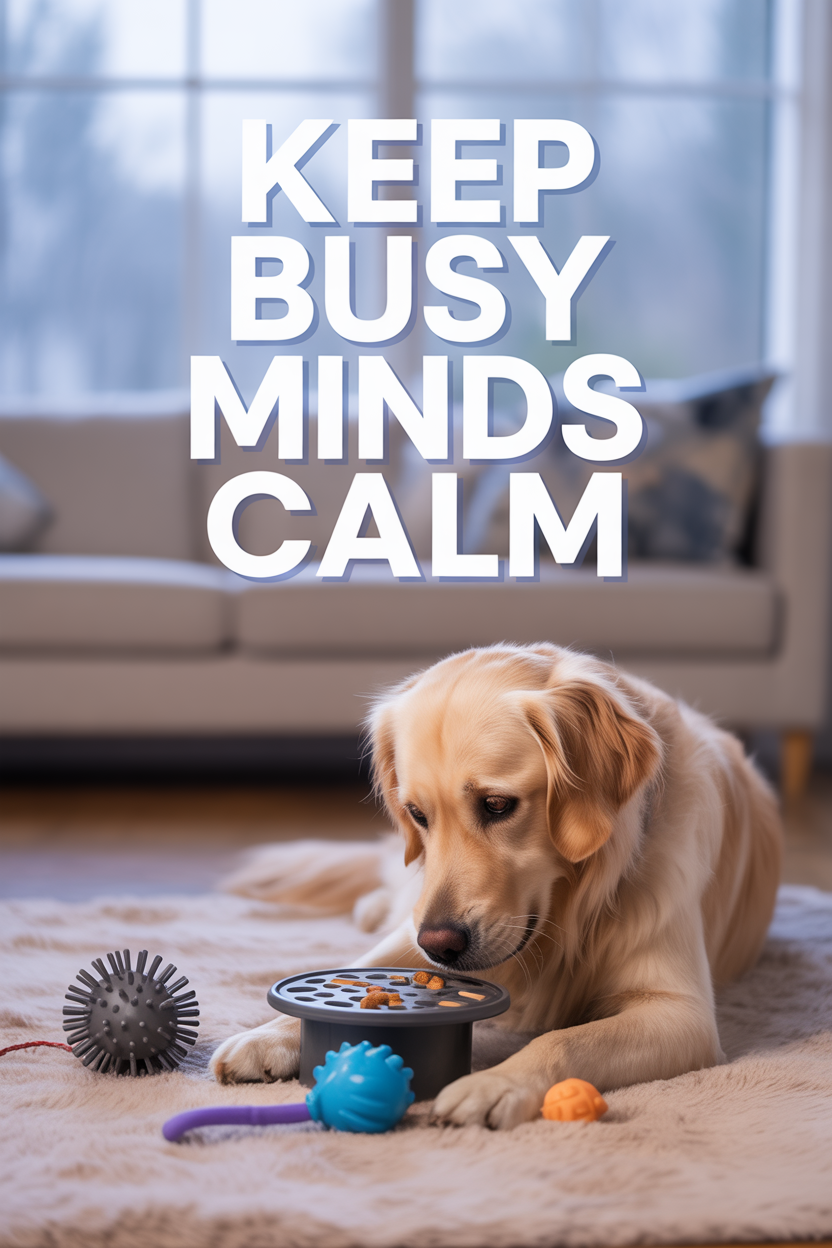
Engaging your dog’s brain can significantly reduce anxiety by redirecting their focus away from stressors. Mental stimulation tools work by keeping your dog pleasantly occupied:
- Licking mats: Spread with dog-safe foods for soothing repetitive licking
- Puzzle feeders: Challenge your dog to solve problems for food rewards
- Snuffle mats: Encourage natural foraging behaviors
- Frozen stuffed toys: Provide extended entertainment and satisfaction
- Appropriate chew toys: Offer stress relief through natural chewing instinct
These enrichment options are particularly valuable for separation anxiety as they create positive associations with alone time. Rotate toys regularly to maintain novelty and interest.
Sound Therapy: Calming Audio Solutions
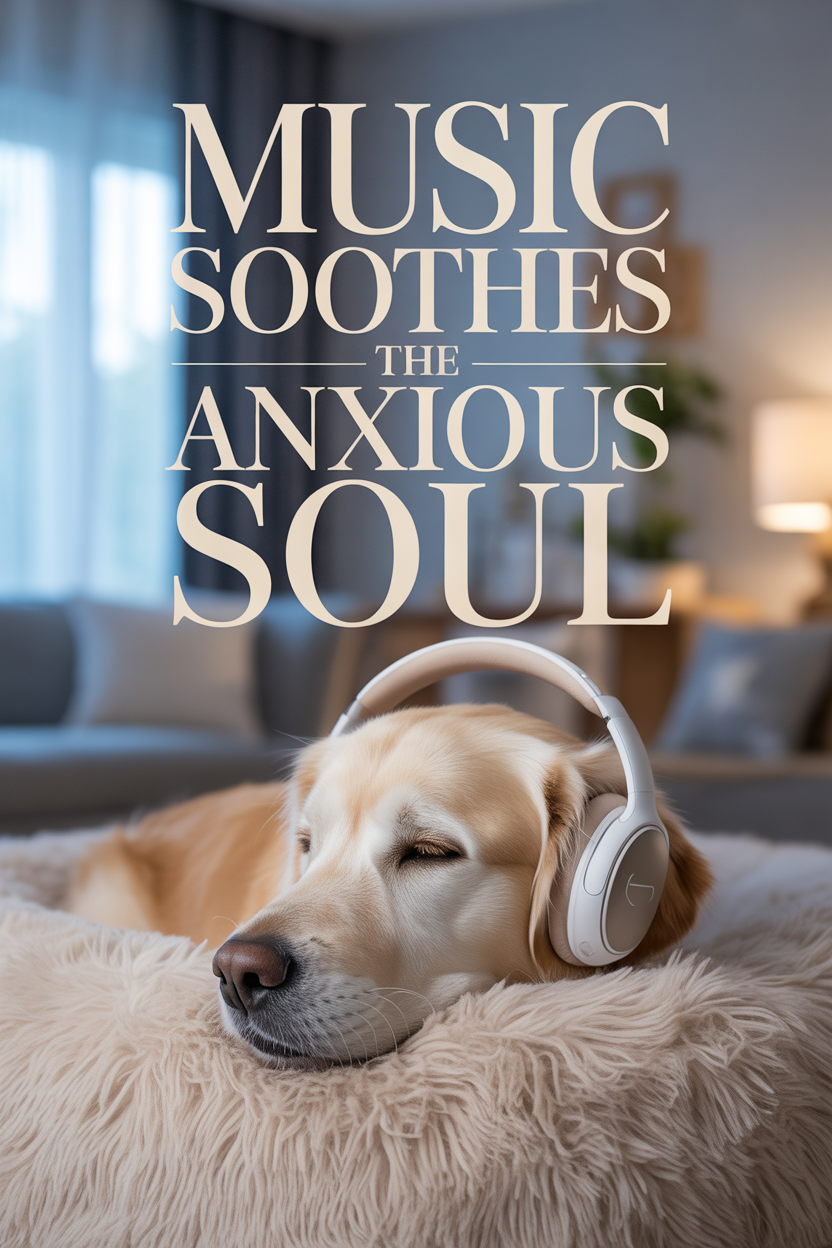
Research shows that specific sounds can significantly reduce stress in dogs. Consider these audio options:
- Classical music: Especially pieces with slow tempos and simple arrangements
- Dog-specific music: Compositions designed for canine hearing sensitivities
- White noise: Helpful for masking triggering sounds like storms or fireworks
- Audiobooks: The steady rhythm of human voices can be comforting
Create a dedicated playlist for stressful situations or leave calming audio playing when you’re away from home. Avoid selections with sudden volume changes or heavy bass that might startle an already anxious dog.
Creating a Calming Environment
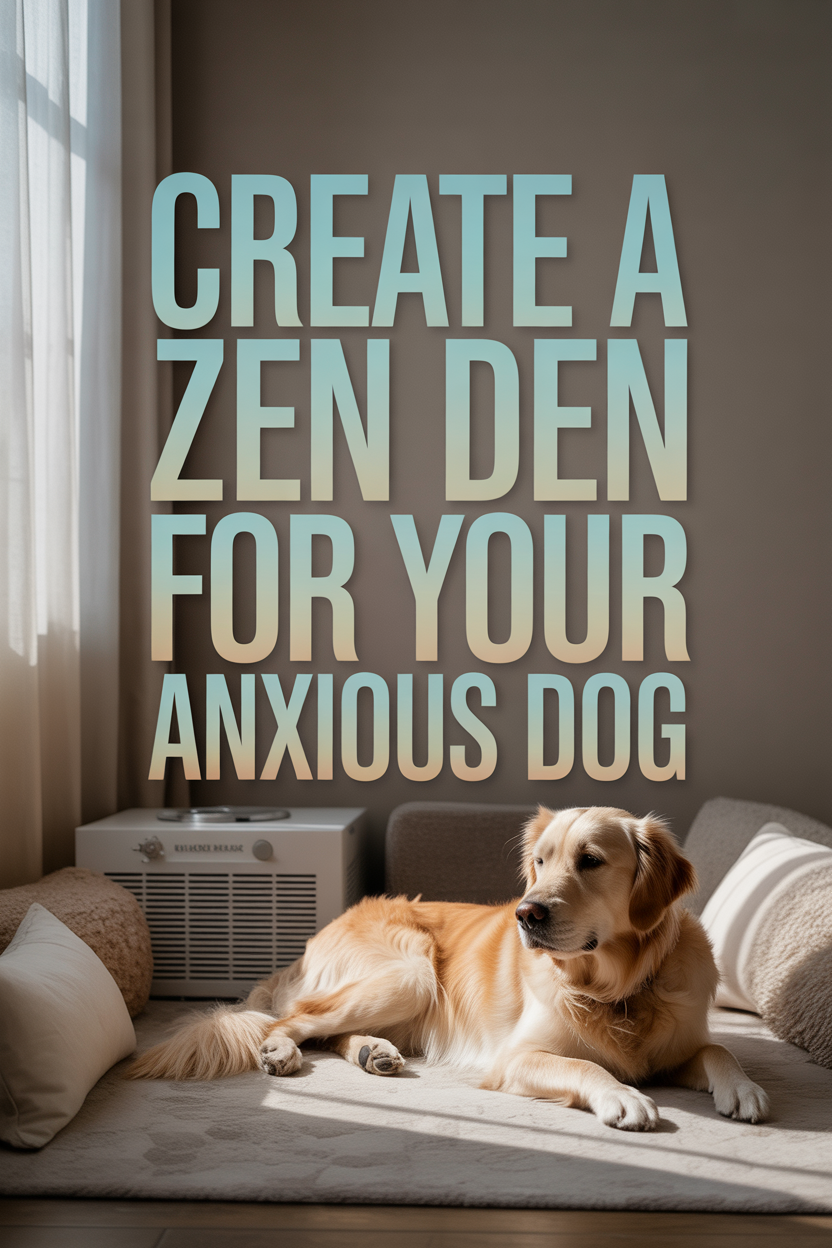
Your home setup can significantly impact your dog’s anxiety levels. Design spaces that promote relaxation:
- Dedicated safe space: A quiet retreat where your dog feels secure
- Consistent routines: Predictable schedules reduce uncertainty
- Visual barriers: Limit exposure to outside stimuli that might trigger reactions
- Comfortable temperature: Maintain moderate environmental conditions
- Appropriate lighting: Soft, diffused light rather than harsh brightness
- Background noise control: Minimize startling sounds or use white noise to mask them
For seriously anxious dogs, consider creating a dedicated “zen den” with multiple calming elements combined. This gives your dog a true sanctuary during stressful periods.
Behavior Modification: Building Confidence
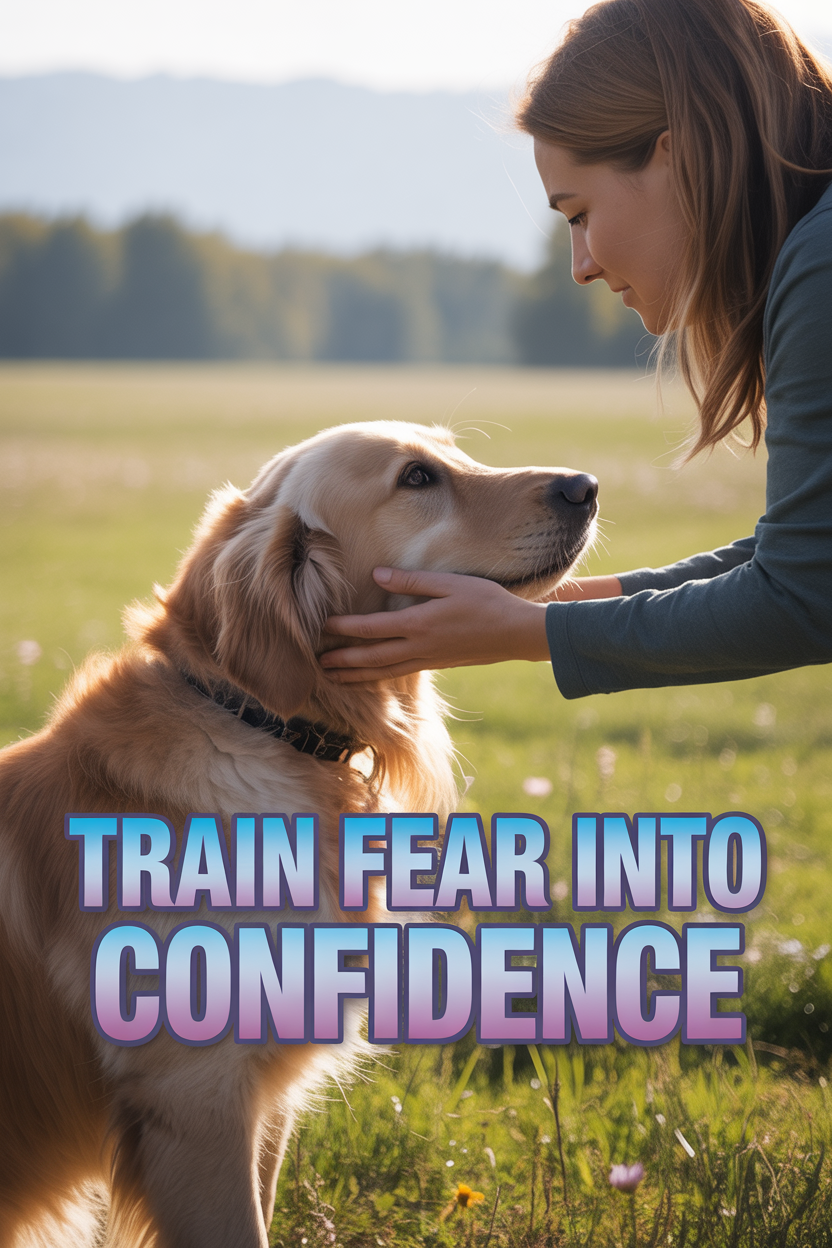
While calming aids provide immediate relief, behavior modification techniques help develop lasting resilience:
- Desensitization: Gradually exposing your dog to triggers at a level that doesn’t cause fear
- Counterconditioning: Creating positive associations with previously frightening stimuli
- Relaxation protocols: Teaching specific cues that signal safety and calmness
- Focus exercises: Training your dog to look to you for guidance during stressful moments
- Confidence-building activities: Mastering new skills that boost self-assurance
For severe anxiety cases, working with a certified animal behaviorist or trainer specializing in fearful dogs can provide invaluable expertise and customized training plans.
Prescription Medications: Professional Help
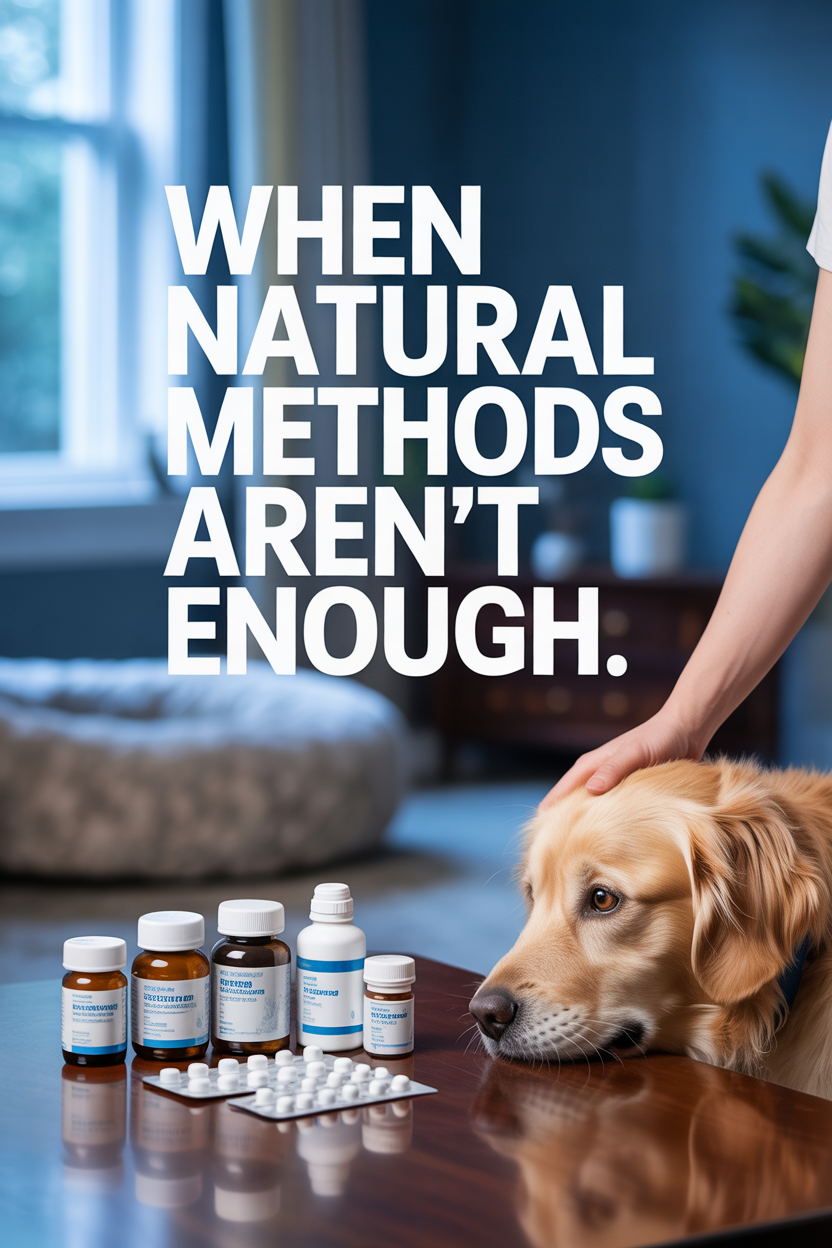
When natural approaches aren’t sufficient, veterinary-prescribed medications may be necessary. These should always come from your veterinarian:
- SSRIs: Like fluoxetine for ongoing anxiety management
- Tricyclic antidepressants: Such as clomipramine for separation anxiety
- Benzodiazepines: For acute, situational anxiety relief
- Alpha-2 agonists: Including dexmedetomidine for quick-acting relief
Consider medication when:
- Your dog’s quality of life is significantly compromised
- Other interventions have proven insufficient
- Anxiety prevents progress with behavioral training
- There’s risk of self-injury during anxiety episodes
Remember that medication works most effectively when combined with behavior modification techniques. Regular veterinary monitoring ensures proper dosing and addresses any side effects.
Situation-Specific Strategies

Different anxiety triggers require tailored approaches:
For Thunderstorms
- Create a sheltered space in an interior room
- Try anti-static treatments to reduce static electricity sensitivity
- Combine multiple calming tools simultaneously
- Begin your calming protocol before the storm arrives
For Fireworks
- Set up a sound-buffered area away from windows
- Start calming aids early, before celebrations begin
- Use desensitization recordings throughout the year
- Consider short-term medication for severe reactions
For Travel Anxiety
- Ensure comfortable, secure containment
- Bring familiar scented items from home
- Practice with brief positive trips before longer journeys
- Address motion sickness if it contributes to anxiety
- Apply calming pheromones to carriers or blankets
The key principle: Be proactive rather than reactive. Starting calming strategies before anxiety escalates makes them significantly more effective.
What to Avoid in Anxiety Management
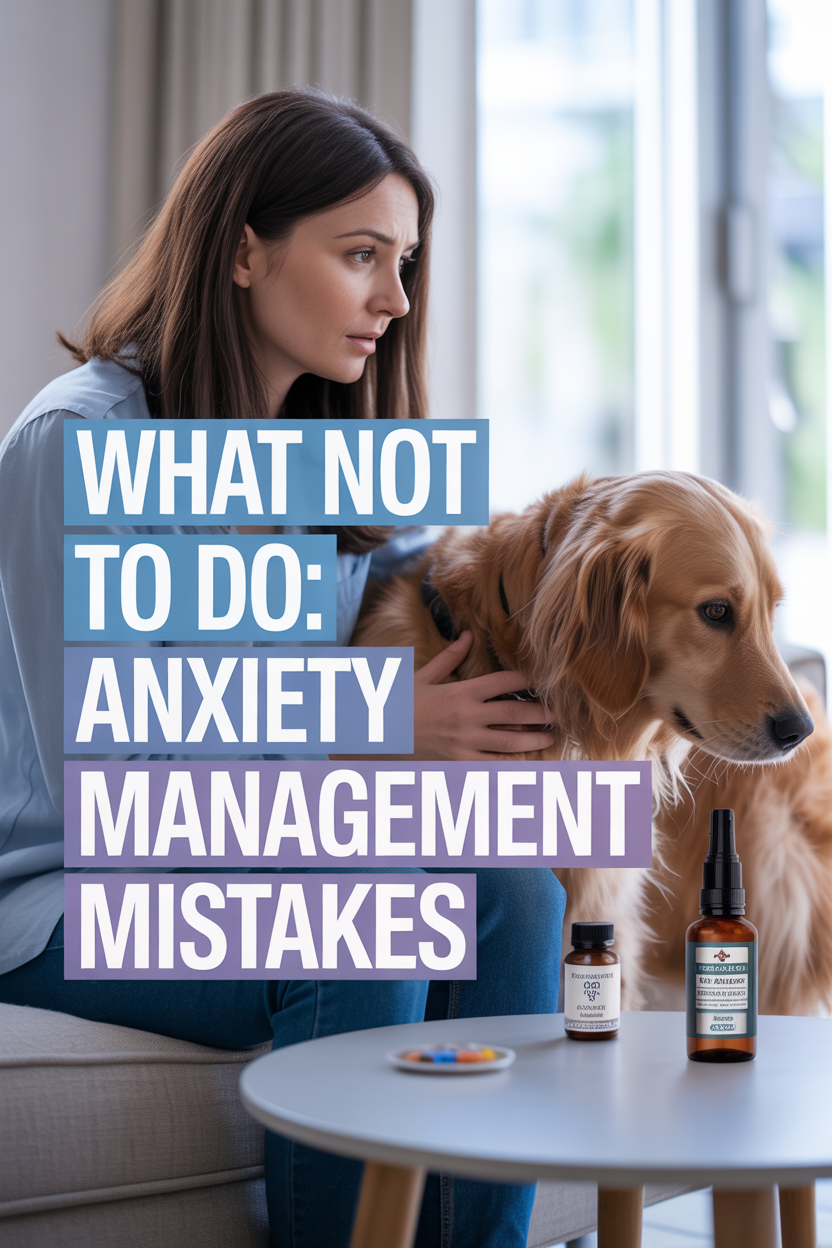
While seeking solutions, steer clear of these counterproductive approaches:
- Punishment: Scolding an anxious dog only increases fear
- Forced exposure: Overwhelming your dog with fears creates trauma, not resilience
- Inconsistent responses: Sending mixed signals about what behavior is expected
- Unsafe aromatherapy: Many essential oils are toxic to dogs
- Human medications: Never give your own anxiety medications to your pet
- Quick-fix promises: Real anxiety management requires time and patience
Also be wary of products that simply sedate your dog without addressing the underlying anxiety. A drowsy but still-fearful dog isn’t truly experiencing relief.
Creating a Comprehensive Anxiety Plan
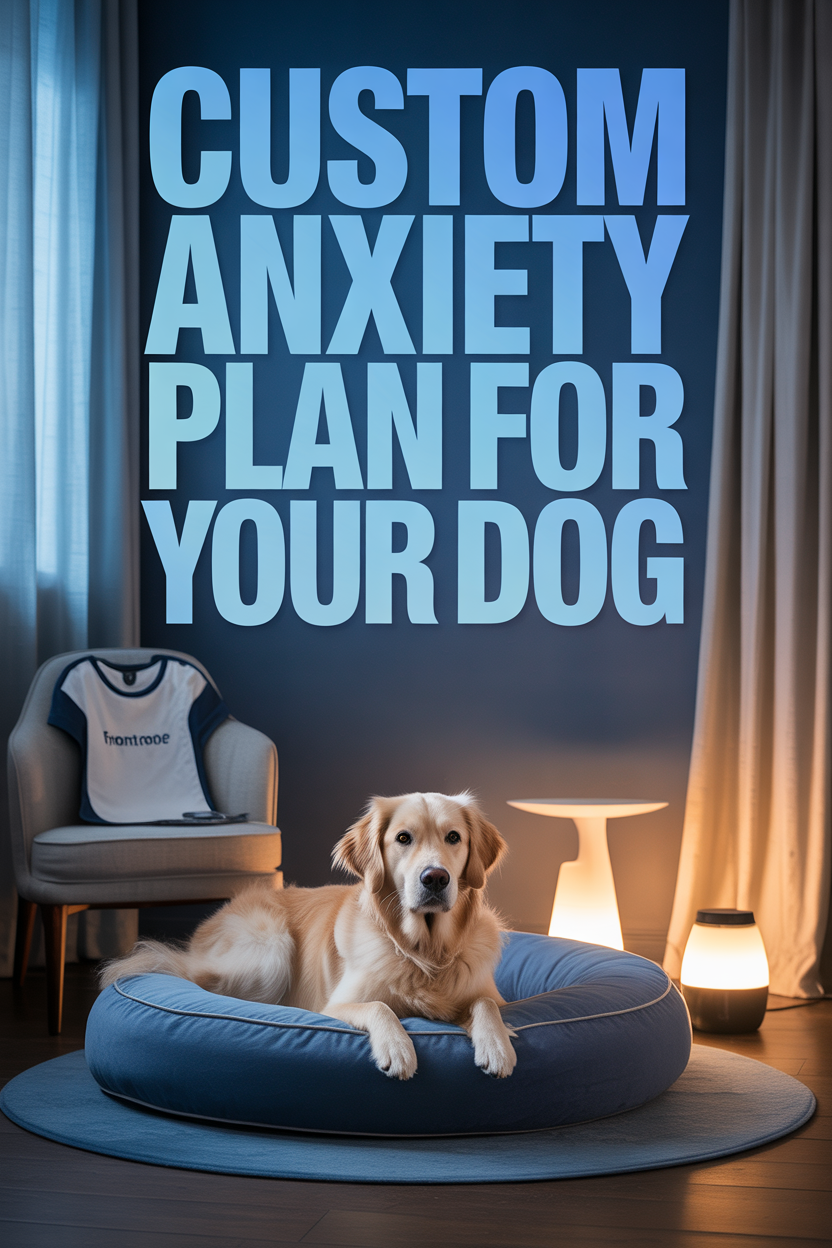
The most successful anxiety management typically combines multiple approaches tailored to your dog’s specific needs:
- Daily supplements as a foundation
- Environmental modifications to prevent triggers
- Physical calming tools for predictable stressful events
- Ongoing behavioral exercises to build coping skills
- Engaging activities that boost overall confidence
Consider developing a tiered response system based on your dog’s anxiety level:
- For mild anxiety: Environmental management and enrichment activities
- For moderate anxiety: Add physical calming aids and pheromones
- For severe anxiety: Implement all calming strategies plus veterinary interventions
Keep records of what works and what doesn’t for your particular dog. Their response will guide you toward the most effective combination of solutions.
Success Is Possible: Real Transformation Stories
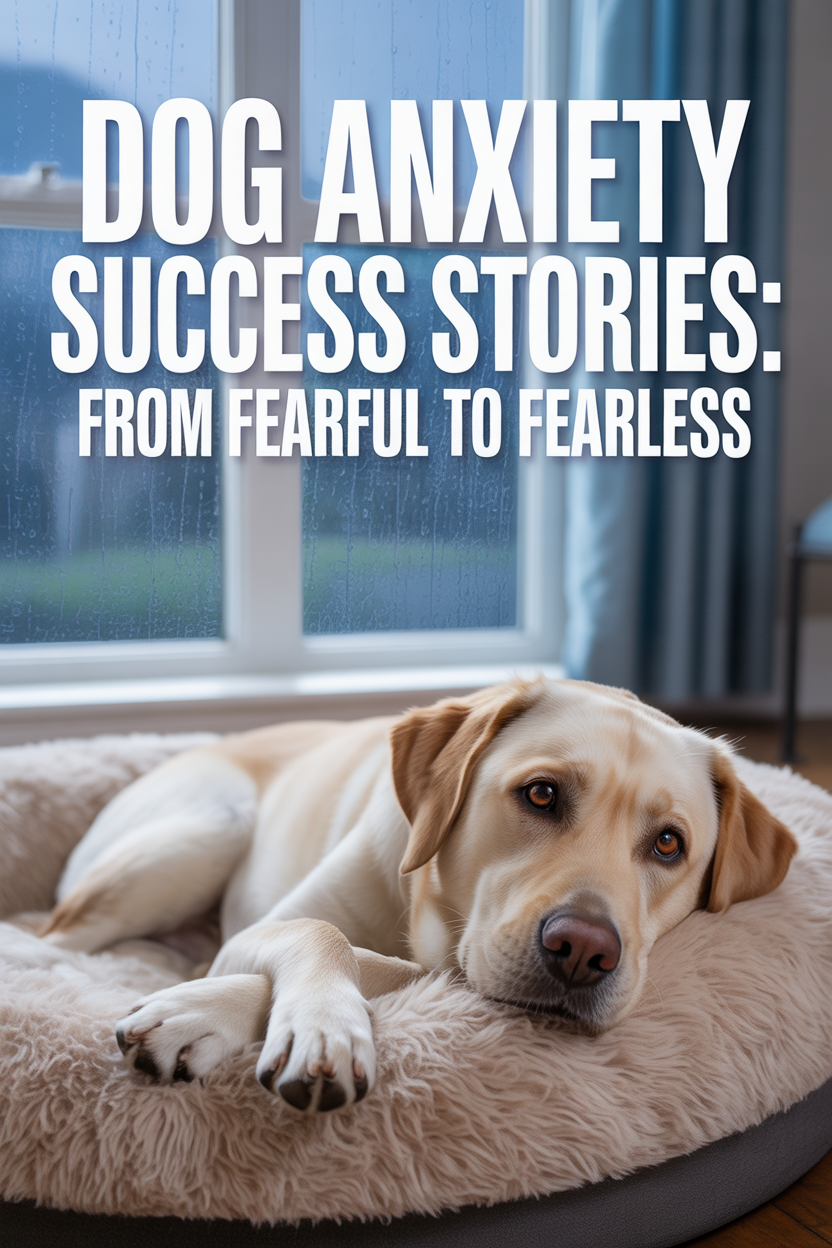
These real-life examples show how effective calming strategies can transform anxious dogs:
Max, the Thunder-Phobic Lab Who Found Relief
Max once tried to escape during storms, causing property damage and risking injury. His owners created a bathroom sanctuary with sound machines, pheromone diffusers, and his pressure vest. With veterinary-prescribed situational medication, Max now rests calmly through even severe thunderstorms.
Bella, the Separation Anxiety Success
Bella’s howling when left alone concerned neighbors and stressed her family. Her dedicated owner implemented daily CBD supplements, engaging puzzle toys with frozen treats, and calming classical music. The gradual improvement transformed Bella from panicked to peaceful during alone time.
Charlie, the Car-Ride Convert
This terrier’s trembling during car rides prevented family trips. His solution included a snug anxiety wrap, a specially positioned car seat for distraction, and L-theanine supplements before travel. With consistent positive exposure, Charlie now enjoys car rides with visible enthusiasm.
Finding the right calming aids for your anxious dog might require experimentation, but seeing your pet finally relaxed makes every effort worthwhile. Start by understanding your dog’s specific triggers, consult professionals, and combine approaches for maximum effectiveness. With patience and the right tools, you can help your dog trade anxiety for tranquility—creating a happier life for both of you.



